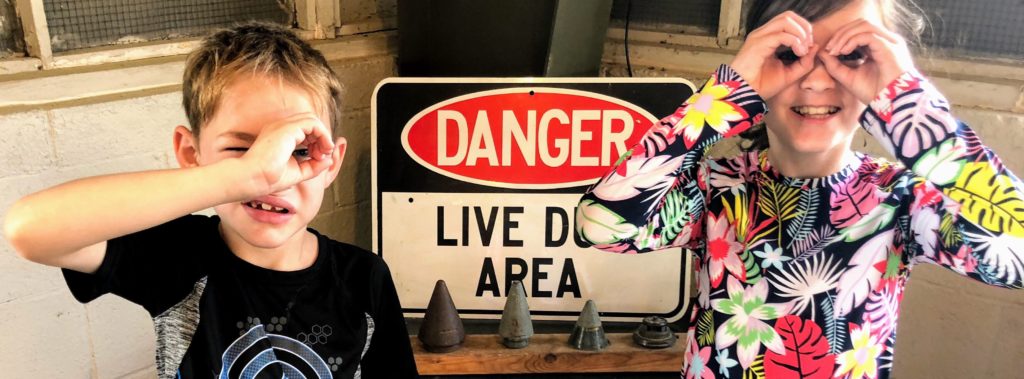When I started working with Buddha he had a hard time with self-awareness. Something that a lot of my students struggled with. He had trouble using words to express when he was angry, happy or sad. So, I immediately printed out pictures and examples of what those emotions looked like. I also created a “How do I feel” chart for his room.
Come to my surprise… it didn’t work. Which, by the way, happens all the time! Over the past few years, I have tried a bunch of different tools with children that just don’t work. Either it is too confusing, too easy, or not interesting to them. It is so important to know that every child is different and every child needs DIFFERENT TOOLS.
But, I did not give up. I reached out and spoke to Buddha’s therapist and she told me that a “feelings thermometer” has worked for her in the past. So I went home and created a visual thermometer with numbers and colors to use. This time IT WORKED! He loved using it and found it so easy. Instead of using specific words to express his anger, all he had to say was that he was “at a 10”. And instead of saying he was feeling happy or content he could say he was “at a 1”. Not only is Buddha more self-aware, but now it is easier for his parents and me to respond to his emotions (i.e. if he is at a 10 we do a set of cooldown steps that I will share in the next few weeks)
HOW TO USE THE THERMOMETER:
- Print it out and laminate it. Feel free to add other things to it if your child needs more assistance (i.e. pictures of real people angry or sad).
- Make extra copies so you can take it with you when you go out. For Buddha, I created 2 smaller versions and laminated it so he can carry it in his book bag.
- Review it with your kids. Go over the picture and explain what each number/color means. If they are feeling angry it will be at the top (in red) of the thermometer VS. if they are feeling content and happy it will be at the bottom (in green) of the thermometer. Make it clear that it is ok to feel any number.
- Ask them consistently as possible “what number are you feeling?”. It’s important to ask them this even when they are not feeling sad or angry. It’s just a good way to check in and have them practice.
- Give positive praise when they use it. Every time they honestly tell you what number they are on celebrate it! Feel free to give them points as well as an incentive.
Download the thermometer below along with a smaller version so you can travel with it 🙂



